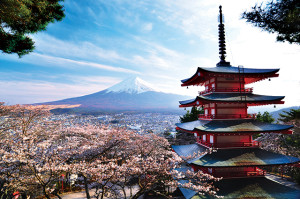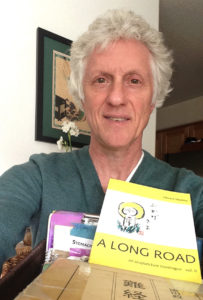The beautiful arrival of spring has come and our yearning to be outside, has reached a fervor. If you are hampered with a knee problem whether it be tendonitis, bursitis, torn meniscus, arthritis or a Baker’s Cyst, I can help expedite your recovery, quickly.
Recently, Gabe Mirkin MD the founder of R.I.C. E., rest, ice, compression and elevation has spoken out on how inadequate this approach can be.
From a Chinese Medicine perspective, we know that long term icing can cause arthritis in the joint.
As practitioners of Chinese Medicine, it has been known for at least 3,000 years that external cooling methods impede the flow of Qi and Blood.
Warming the area with moxa , topical herbal soaks and liniments has been the method of choice for martial artists for several millennia.
The nature of Yin is cool/cold and stillness. The nature of Yang is warm/hot and movement. A hot drink will warm us when we’re cold, which is an over abundance of Yin. When we are overheated, we sweat through our pores, allowing the excess heat or Yang energy to exit.
If we observe a corpse, it is stiff and cold. A live body is warm and full of Qi, it IS pliable.
Warming energy facilitates Qi flow, therefore improving circulation. After having needled specific points on and around the knee, I apply moxa, a plant material I burn on the skin or on the needle for various joint problems. This reduces inflammation, improves mobility, hastens tissue repair and is great for water on the knee.
Please have a look at this video how to use stick-on moxa on the knee for simple and effective pain relief.


